#ancient art
Explore tagged Tumblr posts
Text
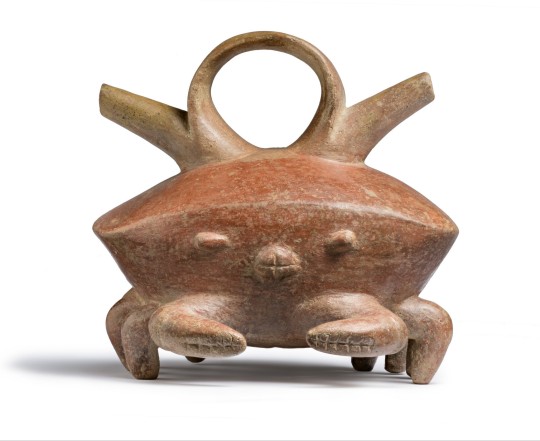
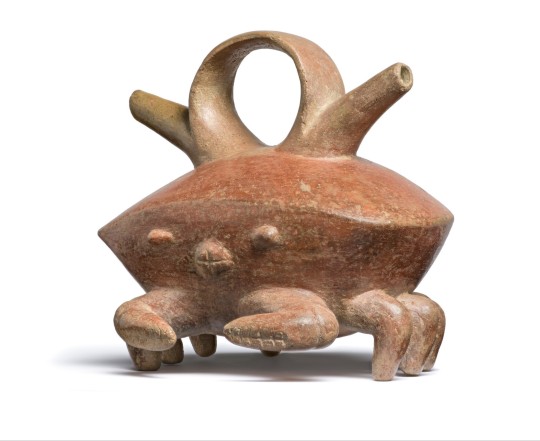
~ Crab Vessel with Double Spout.
Place of origin: Colombia, Calima Region
Period: Ilama Period
Date: 1500 B.C.-A.D. 100
Medium: Ceramics
#ancient#ancient art#history#museum#archeology#ancient history#archaeology#ancient pottery#pottery#south america#crab#crab vessel#calima#Colombia#pre columbian#Ilama Period#1500 b.c.#a.d. 100
25K notes
·
View notes
Text

Gold, carnelian, lapis lazuli, and turquoise pectoral from the Tomb of Ramses II, Egypt, 1279-1213 BC
from The Louvre
258 notes
·
View notes
Text










DOG MOSAICS (From Italy and Greece ××)
#dogs#italy#rome#greece#ancient rome#ancient greece#history#ancient history#mosiac#dog imagery#dog symbolism#dogcore#art#ancient art#interesting#nonhuman#alterhuman#weirdcore#oddcore#artwork#italiano#arte#dogblr#dogs of tumblr#dog#design#vintage#symbolism#religious imagery#graveyard
30K notes
·
View notes
Text
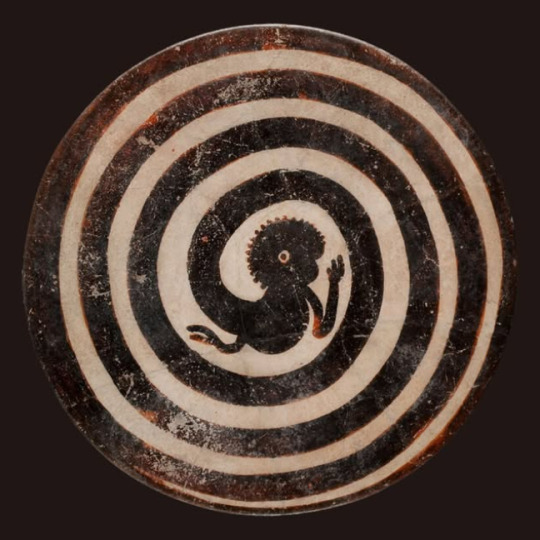
Mayan plate with monkey tail in spiral
Date: c. 300-850 AD
Collection: Museo Nacional de Antropología, México
#fine art#art#artwork#mayan#mayan art#monkeys#monkey#pre columbian#precolumbian#plate#monkey plate#mayan plate#art of the day#spiral#ancient art#mayan culture#mexican art#antiquities
3K notes
·
View notes
Text
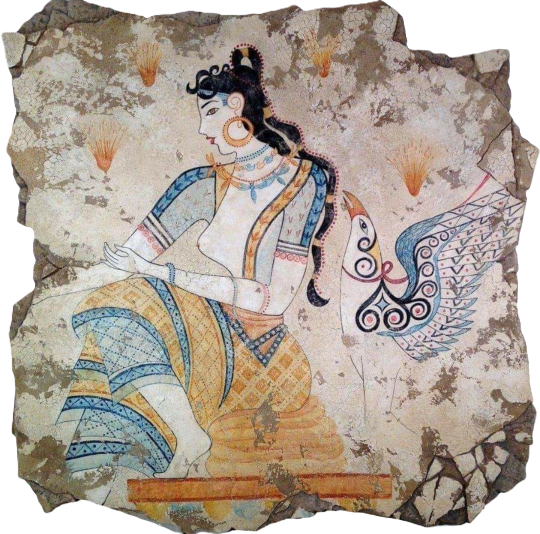
The Saffron Goddess (1600 B.C.) detail - Minoan fresco depicting a saffron harvest, Akrotiri, Santorini island, Greece
6K notes
·
View notes
Text

kneeling bull holding a spouted vessel | ca. 3100–2900 BCE | proto-elamite
in the met museum collection
2K notes
·
View notes
Text

Moses being saved from the river, fresco from the Synagogue of Dura Europos, 244–255 CE.
#roman#roman empire#roman art#synagogue#judaism#jewish history#jewish art#jewish culture#ancient#ancient art#ancient history#ancient culture#antiquité#antichità
108 notes
·
View notes
Text
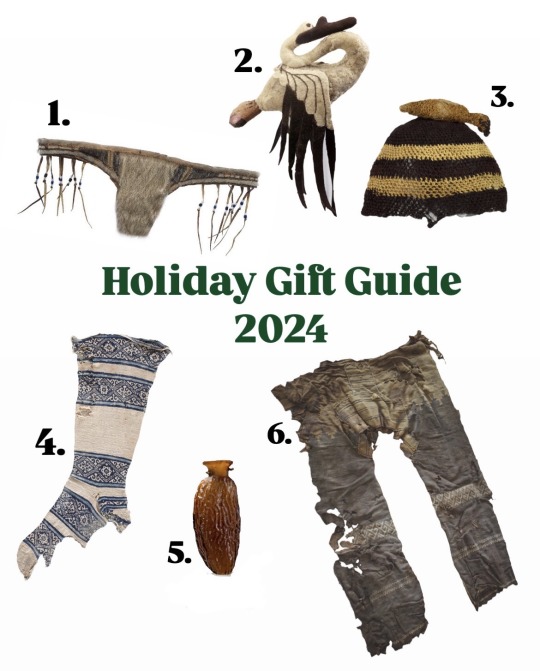
1. 19th century sealskin thong, Greenland
2. Pazyryk swan made of felted reindeer wool, circa 400 BCE, Siberia
3. Child’s hat with bird, nalbound cotton and wool, 1000–1476 CE, Chancay culture, Peru
4. Knitted cotton sock from Egypt, 1000-1200 CE
5. Sidonian flask shaped like a date, 1st-2nd century CE, Syria or Palestine
6. World’s oldest surviving pants, woven wool, circa 1300-1000 BCE, China
10K notes
·
View notes
Text
#FrogFriday 🐸:
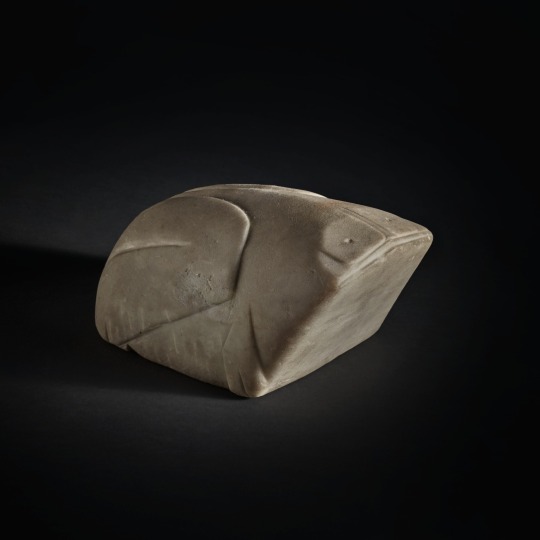
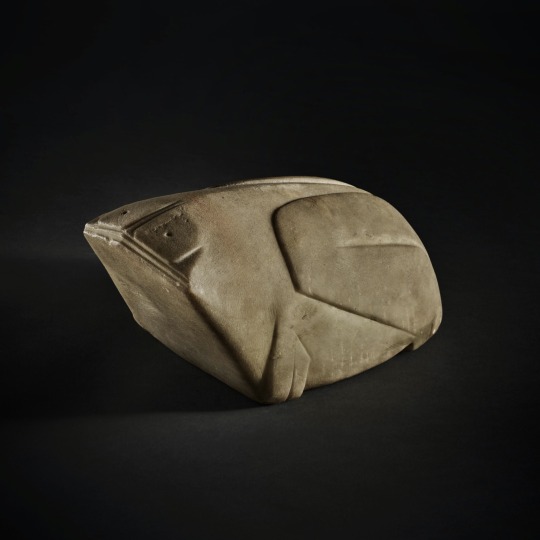
“A rare and exceptional archaic marble sculpture of a recumbent frog”
China, Shang dynasty (c. 1600-1046 BCE)
Length 25 cm (9⅞ in.)
#animals in art#sculpture#animal effigy#figure#frog#Frog Friday#Chinese art#East Asian art#Asian art#ancient art#Sotheby’s#marble#stone carving
82 notes
·
View notes
Text
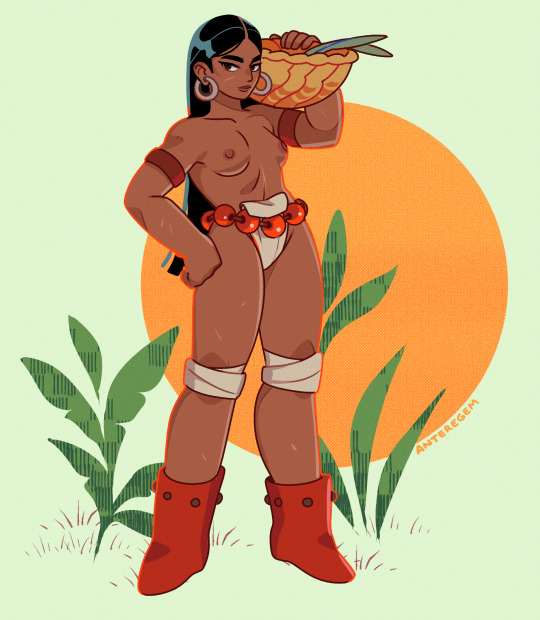

Some fanart of this ancient figurine! Also got commissioned to draw her hanging out with a friend!
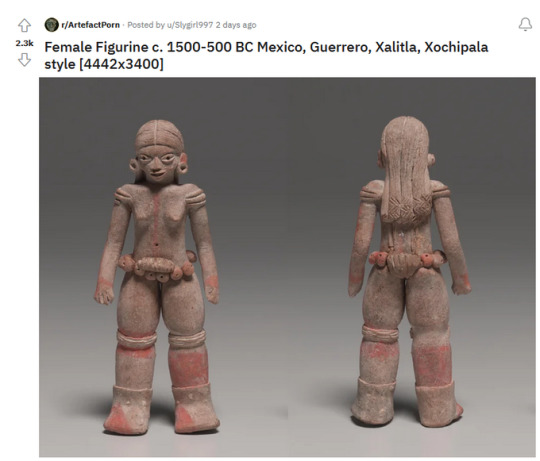
107K notes
·
View notes
Text

Terracotta jar from Roman Britain in the shape of a woman's head. Now in the Spurlock Museum, University of Illinois at Urbana-Champaign, USA.
#classics#tagamemnon#history#ancient history#Ancient Rome#Roman Empire#Roman Britain#art#art history#ancient art#Roman art#Ancient Roman art#Romano-British art#terracotta#artifact#artifacts#Spurlock Museum
152 notes
·
View notes
Text
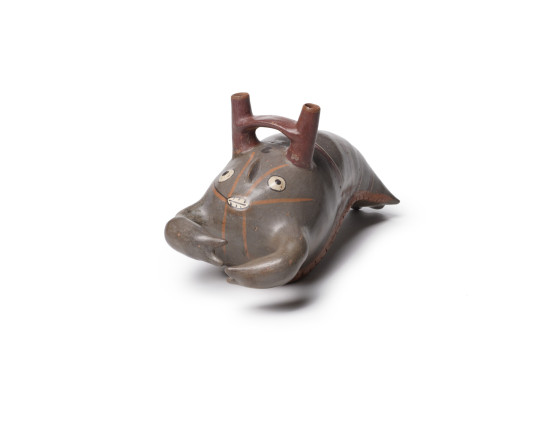

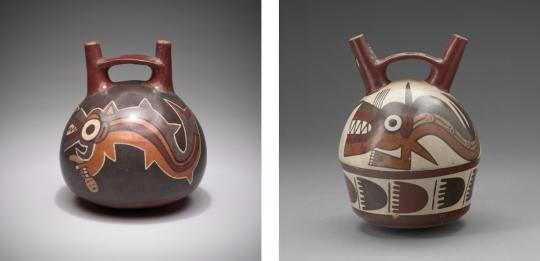
Lobster Vessel
Ceramic vessel formed as a spiny lobster. Nazca culture.
Penguin Vessel
Painted ceramic vessel in the shape of a Humboldt penguin. Nazca culture.
Orca Vessel
Ceramic vessel depicting an orca. Nazca culture.
23 notes
·
View notes
Text

Gold pendant, Roman Britain, 1st-2nd century AD
from The Norfolk Museums Collection
356 notes
·
View notes
Text
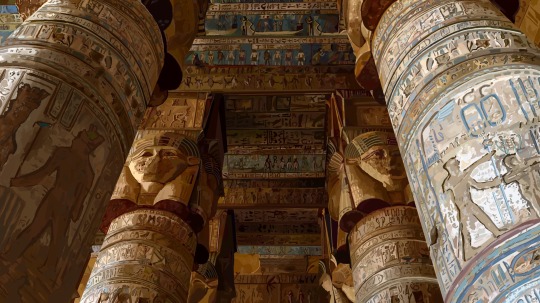
I know this isn't ninjago guys but I finished this 17 hour painting for my art class and I was proud of it so...enjoy.
I love Egypt fun fact about me. :) [ID: a detailed, realistic painting of the hathor columns at the dendera temple complex in dendera, egypt. /end ID]
#my art#art#egypt#egyptian#egyptology#egyptian art#ancient egypt#antiquity#ancient art#ancient egyptian#painting#digital painting
152K notes
·
View notes
Text
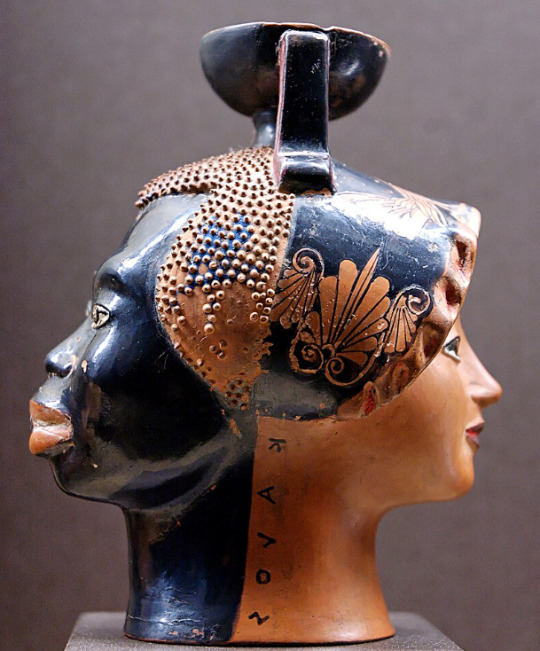
Ethiopian's head and female Greek head, with a kalos inscription. Attic janiform red-figure aryballos, ca. 520–510 BC. From Greece.
#fine art#art#artwork#art of the day#ancient greek#ancient art#classical antiquity#antiquity#antiquities#aryballos#janiform#greek pottery#ancient greece#greece#ethiopia#art history#ancient history#sculpture#ancient sculpture#portraits
22 notes
·
View notes